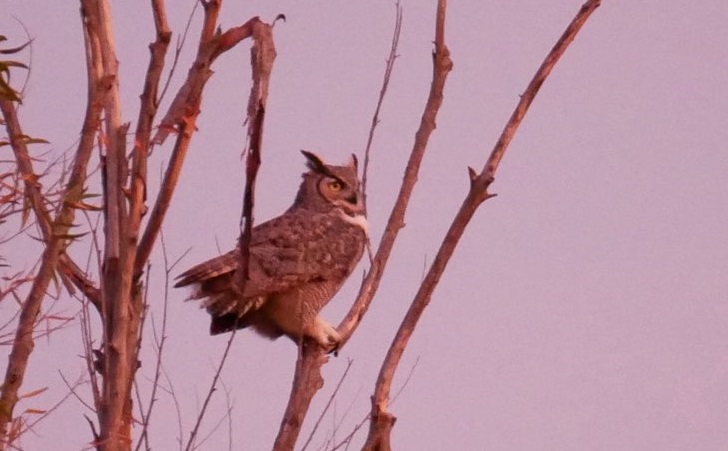New Davis wastewater treatment plant is good news for city’s wetlands
An almost-complete upgrade to the city of Davis’ wastewater treatment plant means changes are in store for Davis wetlands. But those changes likely are good news for outdoor enthusiasts, as better public access to the wildlife area could be on the horizon.
The $90 million upgrade to the plant northeast of Davis, near the Yolo County Landfill, will make the city’s former reliance on the wetlands for wastewater treatment obsolete, as another level of wastewater treatment has been added to the plant.
“At a minimum, the wetlands will be operated the same as they are today,” said Stan Gryczko, assistant public works director.
The Davis wetlands were acquired in 1996 to assist with the final leg of the water treatment process. The plant currently deposits treated water into the wetlands, where suspended solids and organics in the water can be absorbed by plants and micro-organisms.
When the new plant goes online in October, it will deposit high-quality, recycled water into the wetlands. Untreated storm water also will flow into the wetlands, as is currently the case.
The change opens the door to expanding public access to the wetlands, as visitors will face fewer constraints on contact with the water.
In the past, monthly tours led by docents through the wetlands were restricted to a route along the area’s perimeter, Gryczko explained. With higher-quality water filling the area, visitors may be able to stray off the beaten path into the interior of the wetlands.
For nearly 20 years, the 400-acre wetlands have provided an oasis for birds flying above Yolo County’s sprawling open farm lands, as well as insects and native plants. More than 90 species of birds call the wetlands home and several threatened species — such as Swainson’s hawks and giant garter snakes — seek refuge here.
Access to the wetlands has been closed for most of the year, however, after winter storms washed out many of the service roads. Officials have requested about $50,000 from the Federal Emergency Management Agency to cover road repairs.
When the roads aren’t washed out, the wetlands are typically open to the public seven days a week from 7 a.m. to 1 p.m.
When asked if the city might sell the wetlands, now that they are not necessary for the treatment plant, Gryczko answered firmly that he didn’t think that would be “in the interest of the people of Davis.”
“It does have value for us to put wastewater out there,” Gryczko said.
In the future, the city potentially could expand the size of the habitat, as well as increase public access, education and research opportunities.
City officials will balance these opportunities against he amount of recycled water it might want to redirect for urban uses or other opportunities.
Whereas the old plant took 30 days to treat incoming water, the new plant takes only 12 hours for treatment, dramatically reducing the amount of water lost to evaporation, Gryczko said. The new plant is expected to put out 1.5 million gallons of water per day.
Gryczko said he expects to bring potential projects concerning the wetlands to the City Council next week.
To reach the wetlands, head north on County Road 102 (Pole Line Road) and turn right on Road 28H. Go past the Yolo County Landfill and Road 105; the plant will be on your left. The wetlands access gate and sign-in kiosk are in front of the plant. The wetlands are approximately 1 mile past the plant.
— Reach Felicia Alvarez at falvarez@davisenterprise.net or 530-747-8052. Follow her on Twitter at @ReporterAlvarez
Crossposted from the Davis Enterprise
Published online on September 17, 2019 | Printed in the September 18, 2019 edition on page A7

FACEBOOK FEED
Happy Earth Day Yolo County! Please stand with Cool Davis and Give Big today. It's a beautiful day but the house is truly on fire. Your donation helps us keep afloat and douse the flames. #EarthDay2024 #bdog2024 Davis City City of Winters, CA City of West Sacramento, Government City of Woodland Yolo County Climate Action and Sustainability Valley Clean Energy UC Davis Sustainability
www.bigdayofgiving.org/cooldavis
... See MoreSee Less
Photos from Cool Davis's post ... See MoreSee Less






